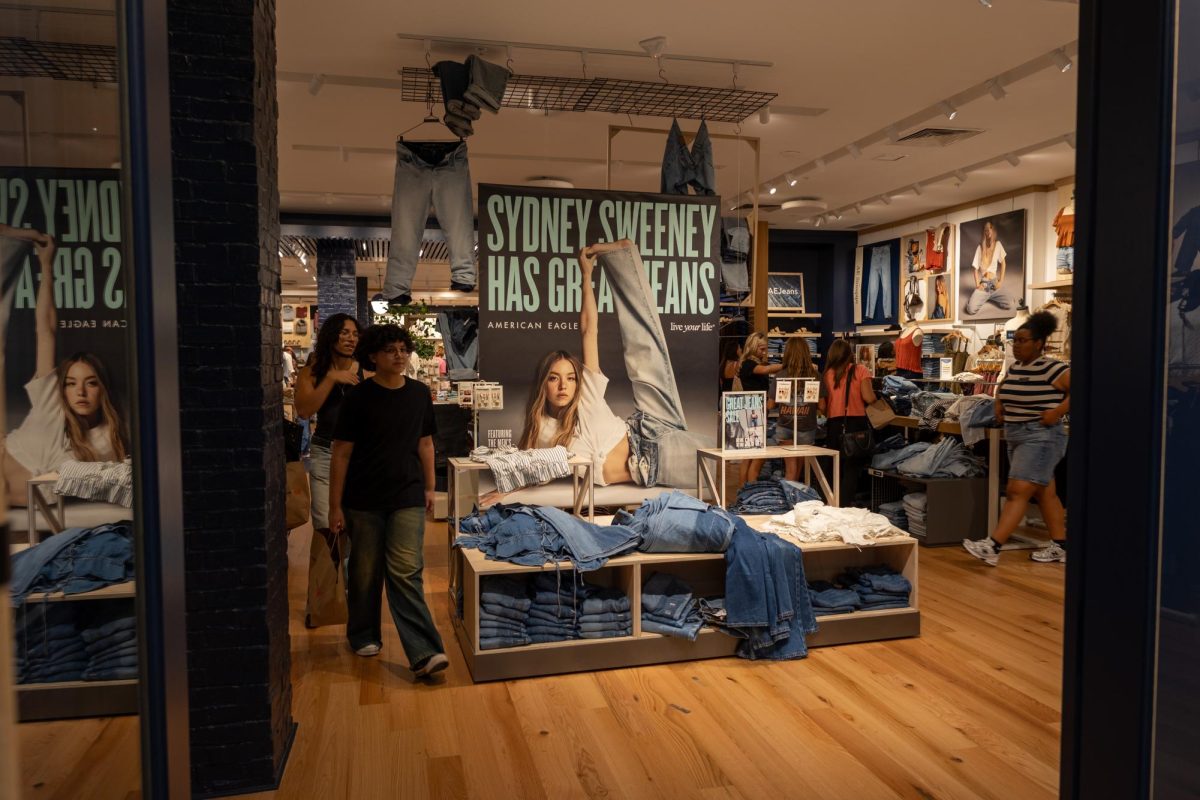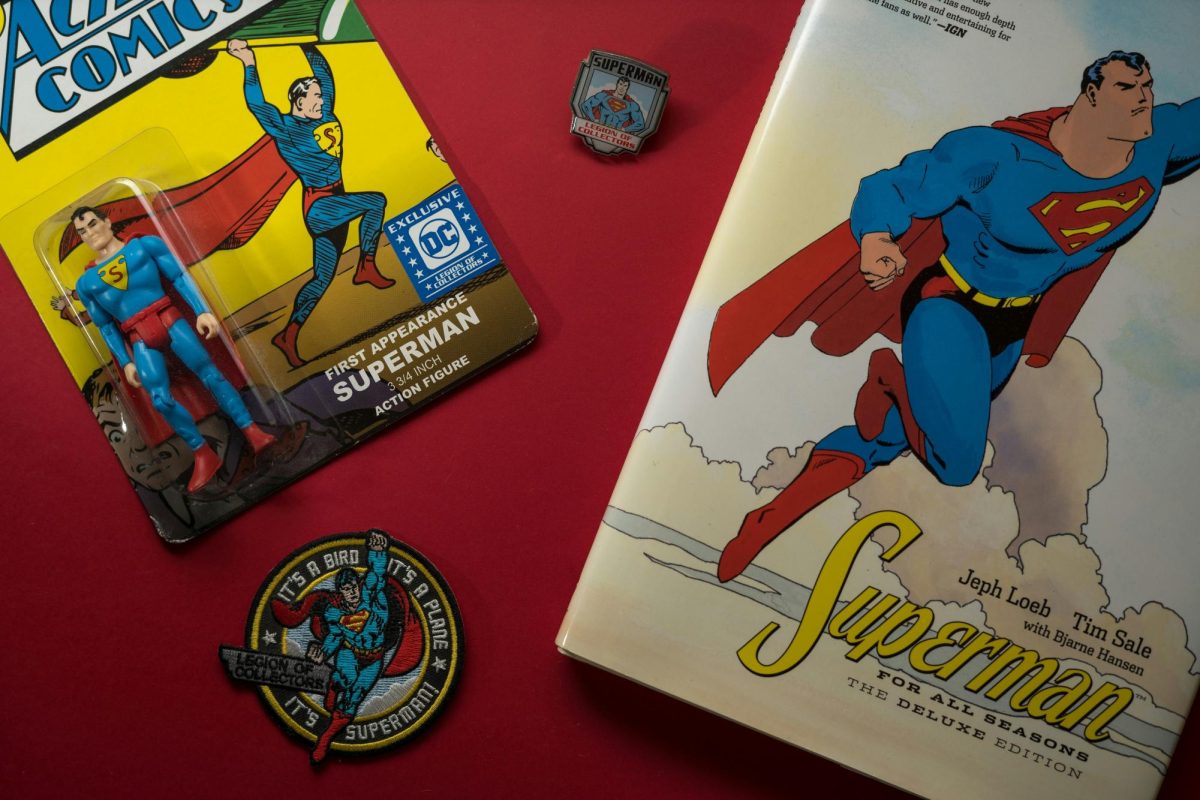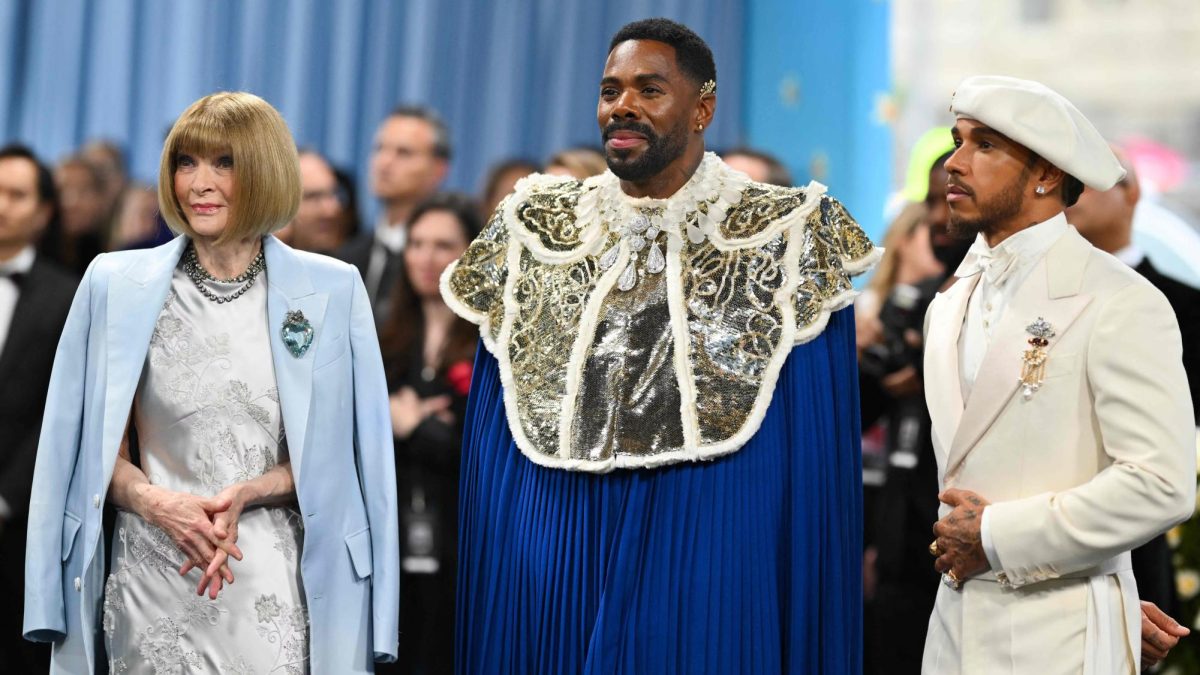Jillian Smith | Staff Writer
On November 22, 2014, a 12-yearold boy from Cleveland was gunned down by police in a public park. The young black male, Tamir Rice, was playing with a BB gun when a police cruiser pulled up next to him.
The video surveillance obtained from the park shows Rice sitting under a gazebo seconds before the two policemen pull up next to him. He stands up when he sees the police cruiser. Upon opening his door, rookie Officer Timothy Loehmann fires at Rice. This occurs within two seconds of the officers arriving at the park.
The response from the city, originally given early this month, said that the injuries to Tamir Rice “were directly and proximately caused by their own acts, not this Defendant [Loehmann]” and “by the failure … to exercise due care to avoid injury,” lawyer-speak for “it’s his fault, not ours.”
He shouldn’t have been in the park. He shouldn’t have the BB gun. He shouldn’t have been pointing it at people. He shouldn’t have been black.
Nowhere within this statement do they fault the 911 dispatcher who should have informed the officers that the 911 caller said the gun was “probably fake, but you know what, he’s scaring the s— out of people,” and later said described Tamir as “probably a juvenile.”
Nowhere does the statement suggest that the young officer acted before fully assessing the situation or that the city missed some potential red flags from the officer’s background.
On March 20, they amended this statement to include less “charged” language, and Mayor Frank Jackson issued an apology for the wording of the first statement.
In my opinion, the wording of that first statement is a clear reflection of the attitudes many people have concerning the deaths of black men and women. They shouldn’t have been doing what they were doing. They shouldn’t have been black.
This statement and many of the articles following it echo the words we’ve been seeing for decades. In 1955, 14-year-old Emmett Till wolf-whistled at a white woman. He was beaten and hanged in Southern Mississippi. The two men involved were acquitted of all charges.
Mississippi Civil Rights activist and NAACP field secretary Medgar Evers was a danger to white segregation in 1963 and for that, he was gunned down in his front yard. The murderer, Byron De La Beckwith, a member of the White Citizens Council, was acquitted of all charges.
Rodney King is brutally beaten by four L.A. Police officers in 1991 after a high-speed chase. They are indicted on charges of assault with a deadly weapon and excessive use of force by a police officer. They are acquitted of all charges.
In February 2012, Florida teen Trayvon Martin was shot by George Zimmerman. The 17-yearold had been reaching for Skittles in his pocket while wearing a sweatshirt with the hood up. Zimmerman was acquitted of all charges.
In July 2014, Eric Garner’s death is caught on camera as a NYPD officer holds him in a chokehold, suffocating him. Garner had been breaking up a nearby fight when officers accused him of selling loose cigarettes and then of resisting. Wilson was acquitted of all charges.
18-year-old Michael Brown did not follow the directions of police officer Darren Wilson in Ferguson, MO. As he ran away with his hands up, proclaiming he did not have a weapon, Wilson fired multiple rounds.
All of these cases have something in common: blaming black Americans for their own deaths at the hands of white racism.
Rather than focus on the hard-tosolve problem of systemic and institutionalized racism, we question whether the black victim is worthy of our outrage—whether his parents are respectable, whether he was a nice boy in school, what he was wearing, or they way his hand was moving.
In this society, the very term “black innocence” is an oxymoron.
As more and more violent crimes against the black community accumulate, we are left wondering what can be done to stop it, and when accountability will become a priority for our police and governments.






